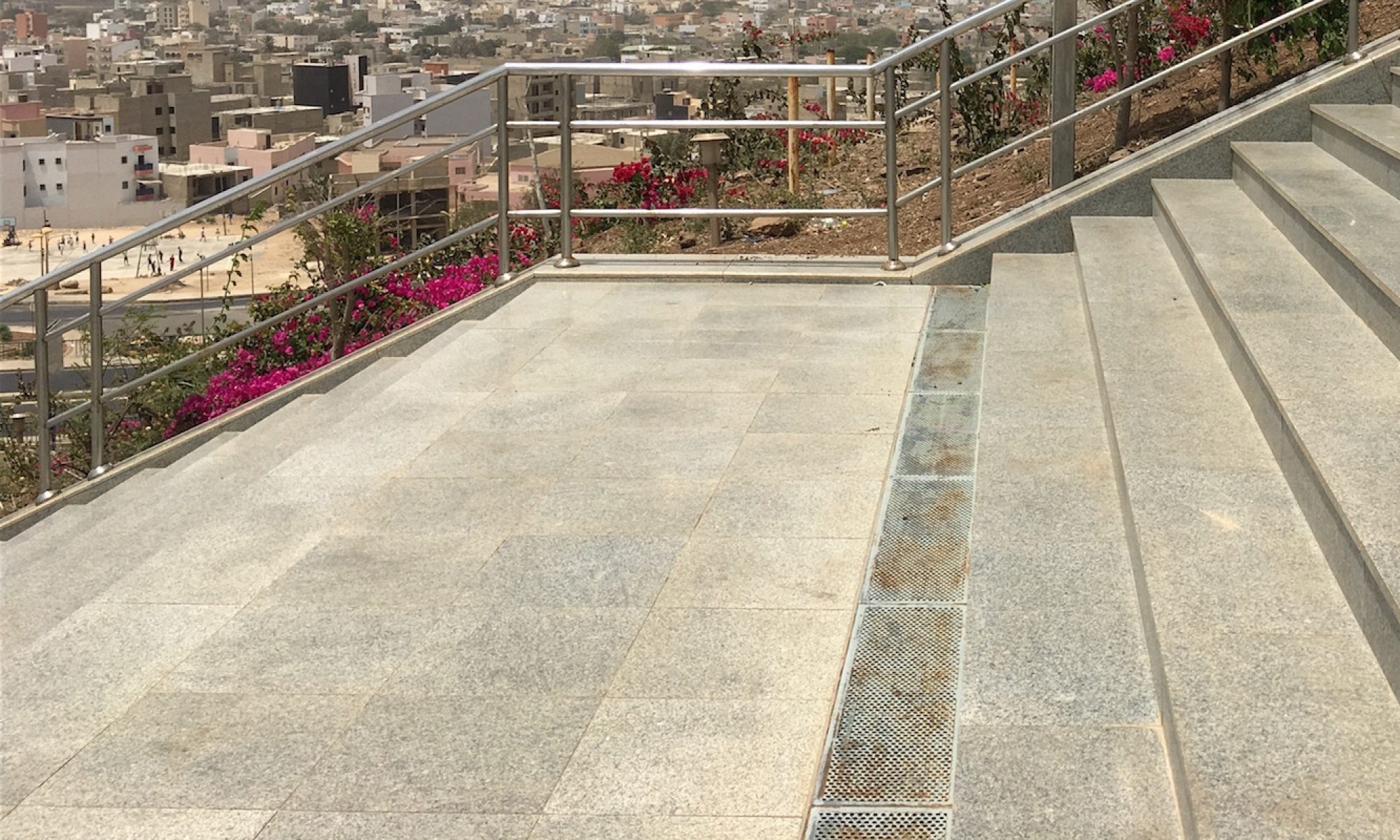Recently in Intd 105 I’ve been introduced to the idea of integrative learning, a learning style with the intention of teaching and reinforcing the real-world application of skills that are taught in a classroom. One may wonder about the importance of integrative learning and how it’s achieved. To start, a key to integrative learning is the development of student’s abilities to form connections between separate disciplines and ideas. The Association of American colleges and universities statement on integrative learning reinforces this idea when they say “Because integrative and applied learning is about making connections, this learning may not be as evident in traditional academic artifacts such as research papers and academic projects unless the student, for example, is prompted to draw implications for practice. These connections often surface, however, in reflective work, self-assessment, or creative endeavors of all kinds.” This explains the importance of having students practice developing connections between ideas that may not initially appear related. An additional goal in achieving integrative learning is expressed by the AAC&U when they claim “Fostering students’ abilities to integrate learning—across courses, over time, and between campus and community life—is one of the most important goals and challenges for higher education”. Here the idea is presented that not only should connections be formed between sperate courses but between campus and community life as well. Furthermore, another key to achieving integrative learning is presented by this AAC&U statement “Indeed, integrative experiences often occur as learners address real-world problems, unscripted and sufficiently broad, to require multiple areas of knowledge and multiple modes of inquiry, offering multiple solutions and benefiting from multiple perspectives.” Here the AAC&U discusses the importance of exposing students to real-world problems and situations because it helps students become more adaptable. I believe these are several important requirements in achieving integrative learning. Throughout the heating plant essay for Intd 105 I noticed much of the work done can be related to integrative learning, largely through how the class has been pushed to form connections between seemingly unrelated concepts as well as how we’ve had to adapt the class as a result of unimaginable circumstances.
These points can be related to our work on our heating plant essays in several ways. First of all being the connections we’ve been pushed to develop between concepts we’ve been introduced in Intd 105 and our campus community. This is illustrated in our first step discussion where Dr.McCoy asked the class to “Visit the Geneseo Facilities Services homepage. There is a short video embedded in the page. Please read the page and watch the video carefully and alertly. As you read and watch, actively keep our course concepts of risk, reward, and academic partnership in mind.” Here we were asked to draw a comparison to the idea of academic partnership and the role of Geneseo’s facility services staff. This led me to draw a comparison from a statement by Karen Rockwell, Academic Head Custodial Supervisor at SUNY Geneseo “There’s a lot of opportunity for growth if your willing to work hard and be apart of a team”. I related this quote to the team mentality we demonstrated in Intd 105 when we comment on and review our peers’ work. I believe this exercise demonstrates the forming of connections between campus and community life.
Additionally, another step we’ve taken toward integrative learning that we’ve worked on during our heating plant essay was forming connections between two seemingly unrelated ideas. This is shown in Dr.McCoy instructions “Now that you’ve spent some time thinkING about your partnership with facilities planning at Geneseo in general and the college’s heating plant in particular, please begin to apply that thinking to your understanding of ‘Bloodchild’.” Here we were asked to view the events of the Octavia Butler’s Bloodchild through the lens of what we had learned about Geneseo’s Facility Staff. This resulted in me realizing that Gan and T’Gatoi as well as Geneseo Students and their Campus require each other to survive. Gan and T’Gatoi demonstrate this relationship when T’Gatoi says “You know these things, Gan. Because your people arrived, we are relearning what it means to be a healthy, thriving people. and your ancestors, fleeing from their homeworld, from their own kind who would have killed or enslaved them-they survived because of us.” This statement explains that both groups would have perished if not for their relationship with each other. A similar relationship exists between Geneseo Students and their campus because students need facility staff if students are going to safely live on campus and without students SUNY Geneseo would be unable to employ staff. I believe this shows a connection between what appears to be two distinct ideas, similar to how one might draw connections between two disciplines.
Finally, during our time writing the heating plant essay we’ve had to overcome several real-world problems. These problems are a result of the COVID-19 Pandemic and subsequent distance learning period. The main obstacle this created in our heating plant essay was our inability to participate in our planned tour of the heating plant as well as losing the opportunity to meet face to face. However, this was overcome for the most part by the arrangement of online class conferences and chats. This can also be viewed as a demonstration of why adaptability is stressed in the AAC&U statement. All in all, a silver lining can be found in the experience in adapting to real-world problems gained as a result of the tragedy we currently face.
Throughout the writing process of our heating plant essay, we’ve formed several connections between our campus community as well as less obvious connections in Octavia Butler’s Bloodchild. Additionally, we’ve worked through several real-world problems created as a result of the pandemic we are living through. In conclusion I believe our work on our heating plant essay is an example of applied integrative learning.
